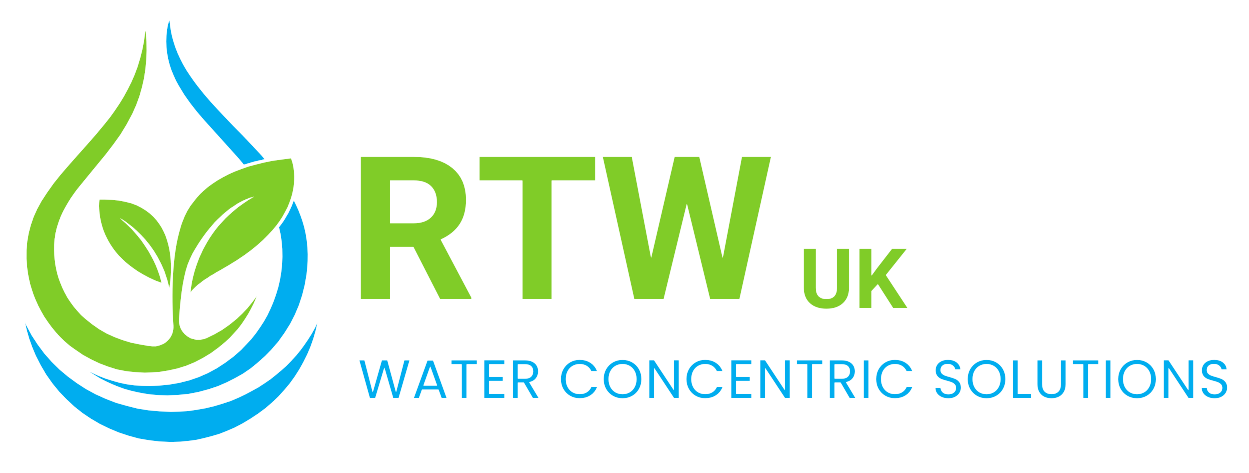Wastewater Treatment in Dairy Industry
- Dairy Industry
Dairy Industry
The dairy industry holds significant importance in both economic and nutritional terms, producing a wide range of essential products including milk, cheese, yogurt, and butter. These items remain integral to global diets and contribute substantially to trade and consumption patterns worldwide.
However, the sector also faces pressing environmental challenges, particularly in the management of wastewater generated during processing. Dairy operations produce large volumes of effluents containing high levels of organic matter, nutrients, and other pollutants that, if left untreated, can impact ecosystems and water resources.
RTW recognizes the critical need to address these challenges with precision and sustainability. Through advanced technologies and industry expertise, we deliver tailored wastewater treatment solutions designed to meet the complex demands of dairy producers while supporting environmental protection and operational efficiency.

Problems Faced
| Challenge | Description |
|---|---|
| High Organic Load | Dairy processes such as pasteurization, homogenization, and cheese production generate effluents rich in milk residues, whey, and cleaning agents. Effective treatment is required to avoid pollution. |
| Nutrient Content | Wastewater often contains elevated levels of nitrogen and phosphorus. Without proper management, these nutrients can cause eutrophication, damaging aquatic environments. |
| Fats and Grease | Dairy wastewater carries fats and oils that may accumulate in pipelines and treatment systems, reducing efficiency and posing risks to the environment. |
| Chemical Oxygen Demand (COD) | High COD levels, resulting from milk solids and other organic compounds, require robust treatment to protect water quality. |
| pH Variability | Fluctuations in pH levels during different stages of processing make treatment more complex and demand flexible management systems. |
| Treatment Limitations | Traditional biological methods face challenges such as sludge disposal, inconsistent nutrient removal, and the need to adapt to varying wastewater compositions. |
Vision and Strategic Goals
Reducing Environmental Impact
The dairy sector must minimize its ecological footprint by implementing effective wastewater treatment systems that prevent nutrient discharge, control organic pollutants, and protect water bodies.
Enhancing Resource Efficiency
Modern treatment solutions enable recovery of valuable resources, including water, energy, and nutrients. Reuse and recycling initiatives contribute to reduced waste generation and improved operational efficiency.
Regulatory Compliance
Adherence to local and international wastewater regulations is essential. Meeting discharge standards for nutrients, organic matter, and pH levels ensures compliance and avoids legal or financial penalties.
Promoting Sustainable Practices
The adoption of sustainable technologies and circular economy principles supports long-term resource conservation, reduces waste, and aligns the dairy sector with global environmental goals.
Driving Innovation
Investment in research and development is central to continuous improvement. Advancements in nutrient removal, sludge management, and treatment efficiency ensure that the industry keeps pace with emerging challenges and opportunities.
